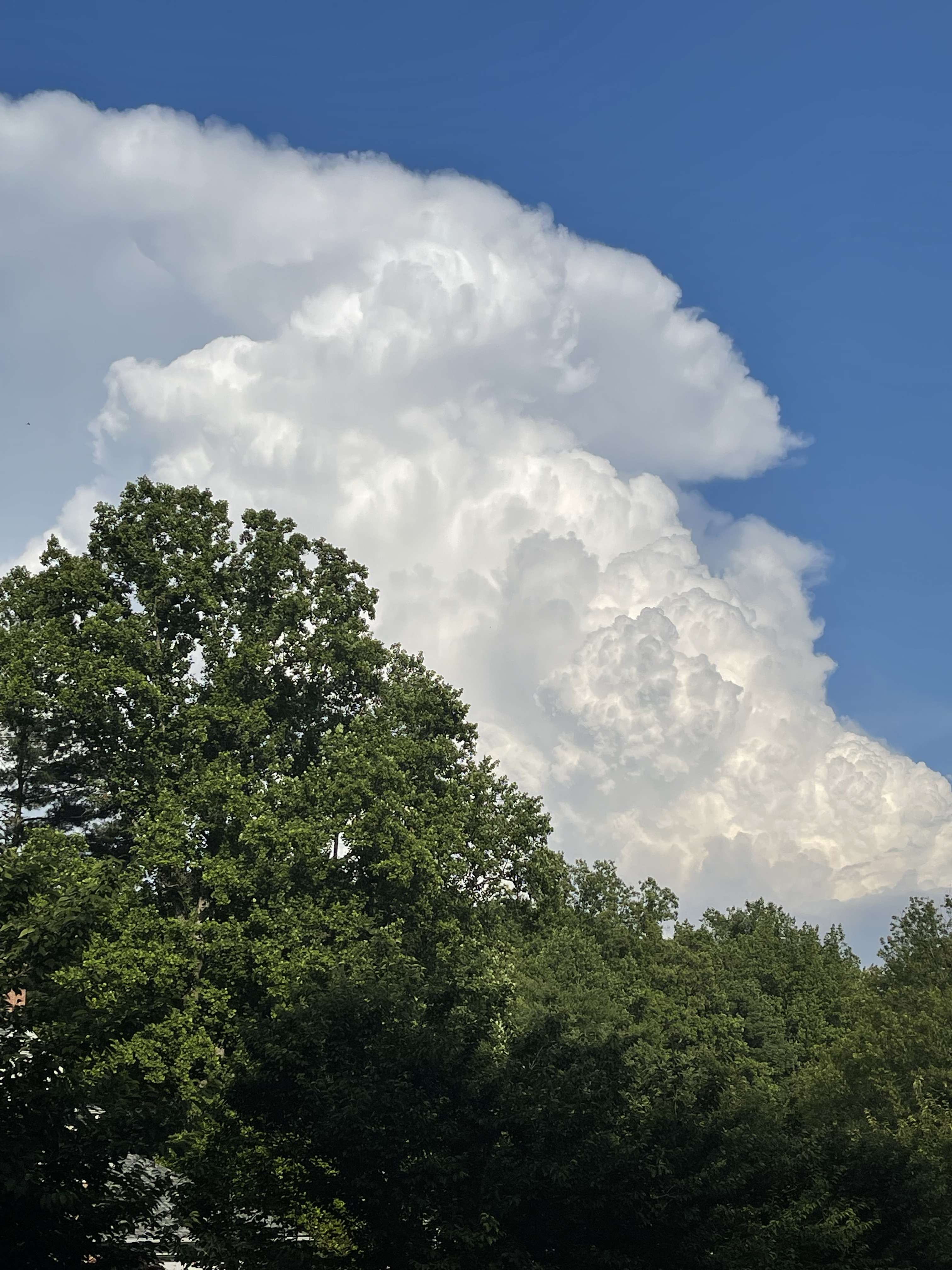-
Posts
44467 -
Joined
-
Last visited
-
Days Won
260
Everything posted by Phil
-
The PV/NAM was perturbed significantly on numerous occasions that winter, it just wasn't destroyed. There's a difference between a perturbed PV/NAM and a SSW/PV breakdown. In a Niña convective background, generally a SSW/PV breakdown (aloft) isn't required unless it's a true unrelenting monster. An example of this would be 1988/89, where the SSW event that began in mid/late January dropped the dominos and I'm sure you know what followed that event..
-
If this were a Niño winter, you'd be rooting for a SSW/thermal/wind reversal in the stratosphere to bring about an Arctic blast, since the background convective state in a Niño is unfavorable to begin with (so blowing up that background state of the Niño system would only help). In a Niña, you don't want that, but a highly perturbed PV/NAM is still ideal.
-
Thank you. Ideally, if I lived in the PNW, I'd want the PV highly perturbed, would root against a full SSW/PV destruction. A weak PV/NAM allows wave amplification to self-sustain more easily and amplify further. However, a massive SSW/thermal wind reversal would rapidly cool the equatorial tropopause and ignite the MJO/equatorward tropical convection, which risks destroying the weak niña background convective/walker cell state. We saw this happen in January 2013, and it lead to (or technically was a reflection of) a cascade of events that semipermanently altered the H/W ratio(s), low frequency NPAC/PDO state, etc.
-
In the end, the strength of the PV/NAM will determine the degree of self-sustaining wavebreaking in the NPAC (as a backdoor conduit for heat/mass transfer), hence, the corresponding Arctic potential in the PNW hangs in the balance. If all goes right, and that's still a big if, we could be looking at an Arctic blast in January (directed into the western US) for the first time in many years. If the PV wins, however, the next Arctic dump will probably slide east again, following a broadening and flattening of the NPAC block. Don't want that to happen.
-
The poleward momentum transfer regime will impinge the surf zone on the vortex, particularly below 50mb, which will allow a further amplification of the next round of NPAC wavebreaking. Since strong anticyclonic wavebreaking precedes every Arctic blast in the PNW, the stronger and more amplified this regime can become, the better the long term prospects will be.
-
The PV is on roids currently, after strengthening rapidly over the last 10 days. However, it will be weakening overall going forward as poleward momentum transfer, subsequent wave breaking, and the corresponding bombardment via heat/mass fluxes increases into the stratosphere: http://www.atmos.albany.edu/student/hattard/realtime/u_65N_10hpa_gefs.png



